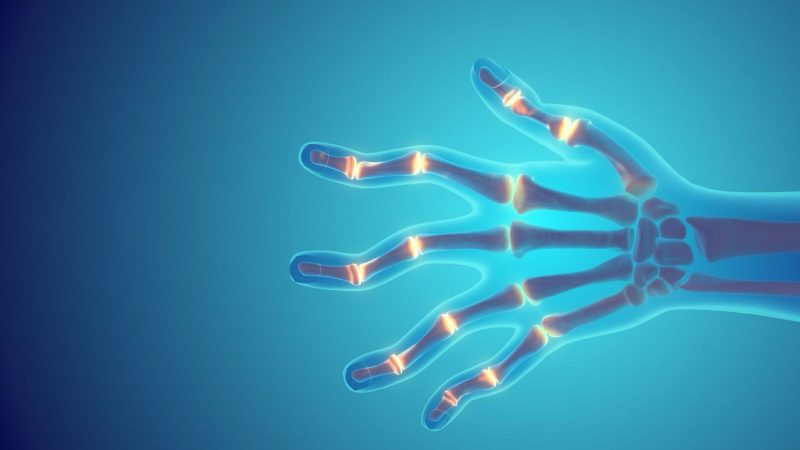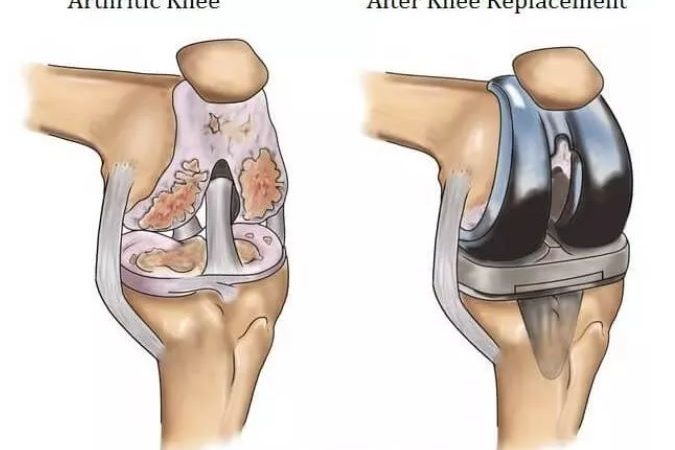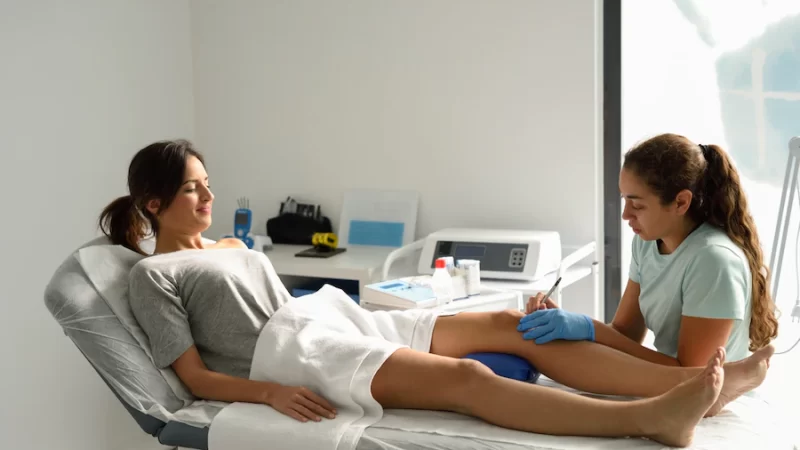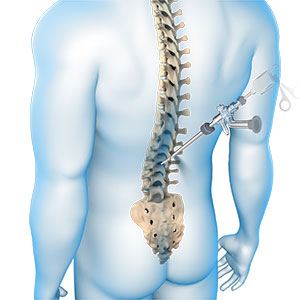How Do You Define a Facet Joint & a Facet Joint Arthropathy?

Facet joints are the joints between the two vertebrae of the spinal chord. Over the course of time, the ligaments or cartilage between the joints deteriorate. This can lead to complications in the spinal area.
Facet joint arthropathy is one such condition in which the portable bones strike together due to loss of lubricants or wearing down of cartilage at the facet joints or degeneration of the vertebrae over a period of time. The striking of bones causes immense pain and also leads to restricted motion, stiffness and swelling in the vertebral bones. Sometimes, this constant rubbing of bones leads to the development of small spurs of bone and can cause pain and numbness in the spinal area and hence worsening of the condition. Around 45% people, over 60 years of age, tend to develop this kind of arthropathy.
Types
Depending upon the area or part of the spine where it develops, facet joint arthropathy can be divided into two categories:
(1) Cervical facet joint arthropathy: It usually develops at the top of the spine, popularly known as the cervical area, which contains the vertebrae of the neck.
(2) Lumbar facet joint arthropathy: It usually develops in the lumbar area of the spine and is located in the lower back region, where the spine curves in. Most of the people suffer from this type of facet arthropathy because this area is designed to support much of the body’s weight. Thus, exerting pressure on the lumbar area can lead to this condition.
Symptoms
Though pain is the most common symptom of facet joint arthropathy, other back and spinal
complications too may arise such as:
(i) Stiffness and soreness
(ii) Muscle spasm
(iii) Tenderness
(iv) Poor posture
(v) Limited range of motion
(vi) Pain in lower back including legs and buttocks
(vii) Formation of small bony spurs
(viii) Feeling of bones rubbing against each other
Risk factors & causes
1. Ageing is the most common factor behind development of facet joint arthropathy.
2. People with excessive weight or obesity too suffer from various spinal cord complications because of increased strain on the muscles.
3. Genetics or family history plays an important role in the development of facet joint complications.
4. People suffering from conditions like osteoporosis are at higher risk of developing this disorder.
5. Accidents & injuries may also lead to facet joint arthropathy.
6. Development of synovial cyst.
7. Improper posture & heavy weight lifting leads to wear and tear of the facet joints
cartilage, thus developing facet joint arthropathy.
Diagnostic procedures
Although pain in the affected area is the major indication of facet joint arthropathy, detailed medical examination and tests are required to find out the exact cause or accurate reason behind the problem.
The basic diagnostics procedures used for the identification of the facet joint arthropathy include:
1. Basic medical examination of the patient to identify any prior medical conditions or problems which might have led to sudden lifestyle changes.
2. A detailed family history & physical examination of the body is done to check the basic muscle & bodily movements.
3. Imaging tests such as CT scan or MRI bone scan and X-ray are done to identify the affected area or exact location of the pain or problem.
4. Sometimes despite conducting various tests and exams, the exact cause of the pain cannot be identified. In such a case, to check or confirm the reason of the pain, an anti-inflammatory steroid injection is given in the facet joint and the pain intensity before and after is observed. If the pain decreases, it is an indication of having facet joint arthropathy.
On suspecting facet joint arthropathy, immediate medical help should be sought as if left untreated or in its chronic stage, it can lead to severe complications. Sometimes, tiny bony structures or lumps outgrow, commonly known a bone spurs and may block the space of spinal cord leading to the development of spinal stenosis.
To avoid such conditions, one should immediately consult an orthopedic or neurologist who will diagnose the problem at the earliest and will suggest the best possible treatment plan accordingly. Yashoda Hospital & Research Centre, Nehru Nagar, Ghaziabad provides a team of highly-experienced and eminent orthopedics and neurologists along with state-of-the-art technology and testing labs which are the best in the whole of Ghaziabad and Delhi NCR.
Treatment
Being the most sensitive part of the body, treatment for facet joint is a must. It includes the following:
1. Medication such as non-steroidal anti-inflammatory drugs like aspirin, ibuprofen & naproxen are given to reduce the pain or inflammation in the affected area.
2. Ablation– In this, high frequency radio waves are used to severe the nerves of the affected area thus, shunning the pain.
3. Various anaesthetic injections are injected into the spine for pain relief & reducing the numbness of inflammation of the joints.
4. Physiotherapies- Various physical exercises such as walking techniques, proper lifting exercise to strengthen the lower back & stomach muscles etc. are suggested to strengthen the spine & increase its mobility.
5. Minor lifestyle changes too are suggested to provide some relief such as exercising on a regular basis, maintaining a good posture (while sitting, walking and standing), avoiding injuries (while playing sports and other activities), quitting smoking, eating a well-balanced diet, not lifting heavy weights, avoiding twisting and not doing other movements that may put pressure on the spine area.
6. Sleeping in positions that do not put pressure on the facet joints such as curling up to sleep or lying on your back with knees up and pillow underneath too provides some relief.
Finally if the above treatment doesn’t provide any relief then Surgical proceduress are adopted to encounter this problem. One such procedure is Spinal Fusion Surgery. In this, two facet joints are fused together into one, thus alleviating the pain and increasing mobility.
7. Stem Cell Regeneration: Under this treatment, stem cells are carefully injected into the facet joints under CT imaging guidance by an orthopedic specialist. These cells repair and regenerate the joint by responding to inflammatory signals, thus, providing relief to the pain.
8. For mild to moderate facet arthropathy involving a degenerative spinal disc at the same level, Artificial Disc Replacement is also an option.
Looking for best orthopedic/spine specialists in Delhi NCR?
Yashoda Hospital & Research Centre, Nehru Nagar, Ghaziabad has the best orthopedic doctors in entire Delhi NCR. Dr. Vipin Tyagi, Dr. Ajay Panwar and Dr. Hemant Gupta are the specialists you are looking for.
For spinal issues, refer to Dr. Puneet Malik, our spine expert.
To know more about our doctors, click on to www.yashodahealthcare.com and explore our
doctors under Find a Doctor tab. To book an appointment with our experts, log onto our official website, www.yashodahealthcare.com or call us at 9810922042.
You can also book teleconsultation.




